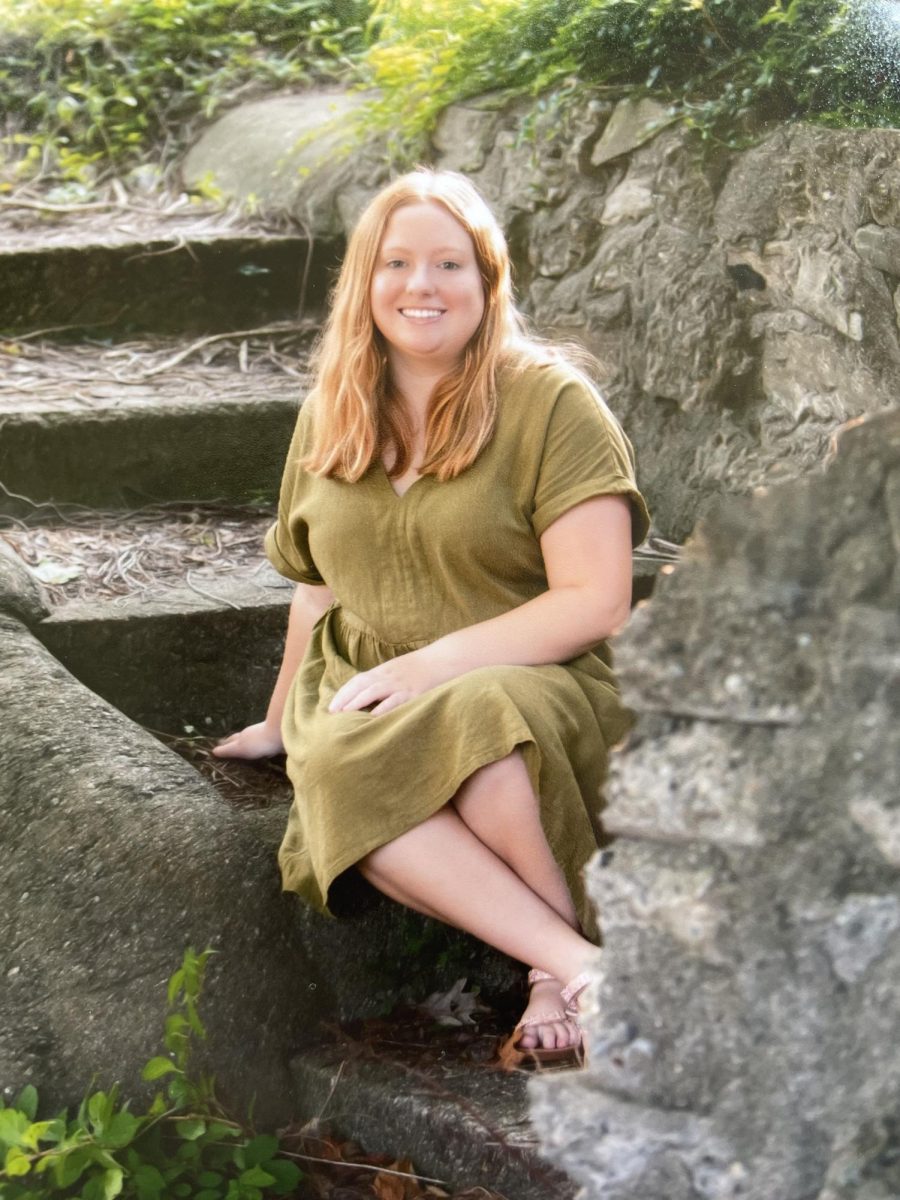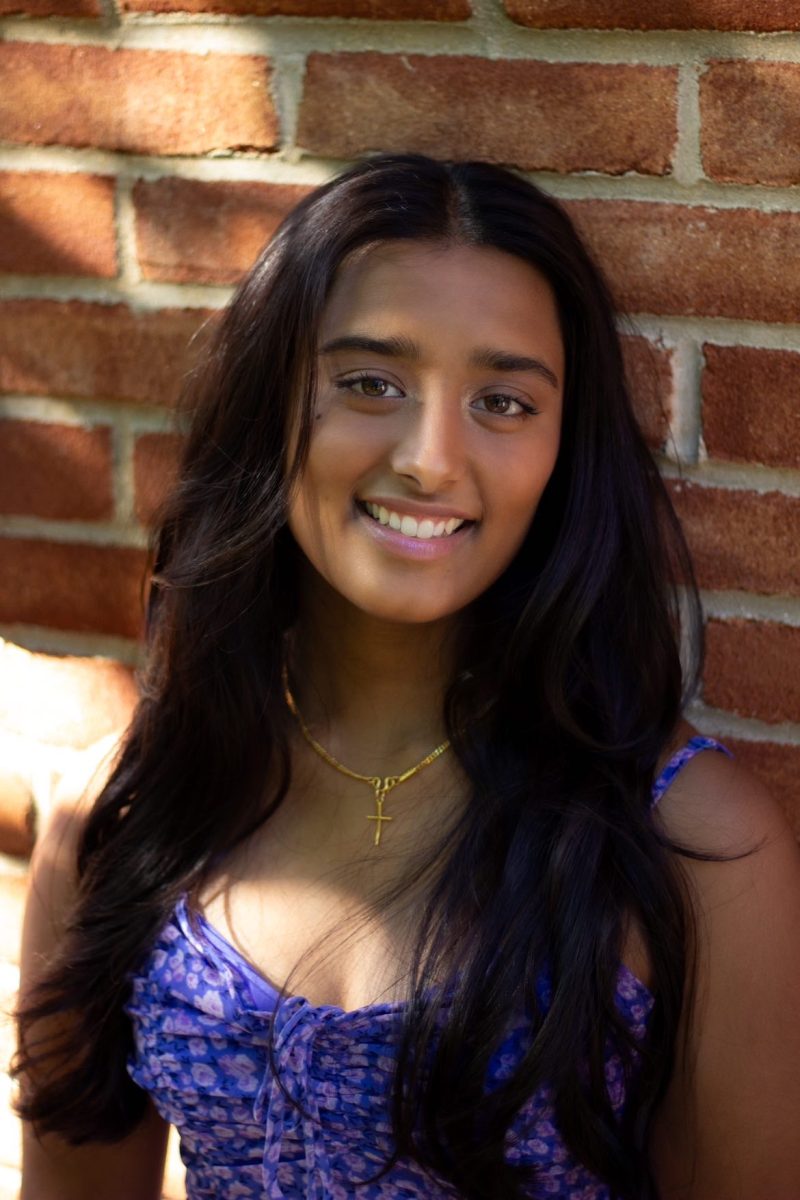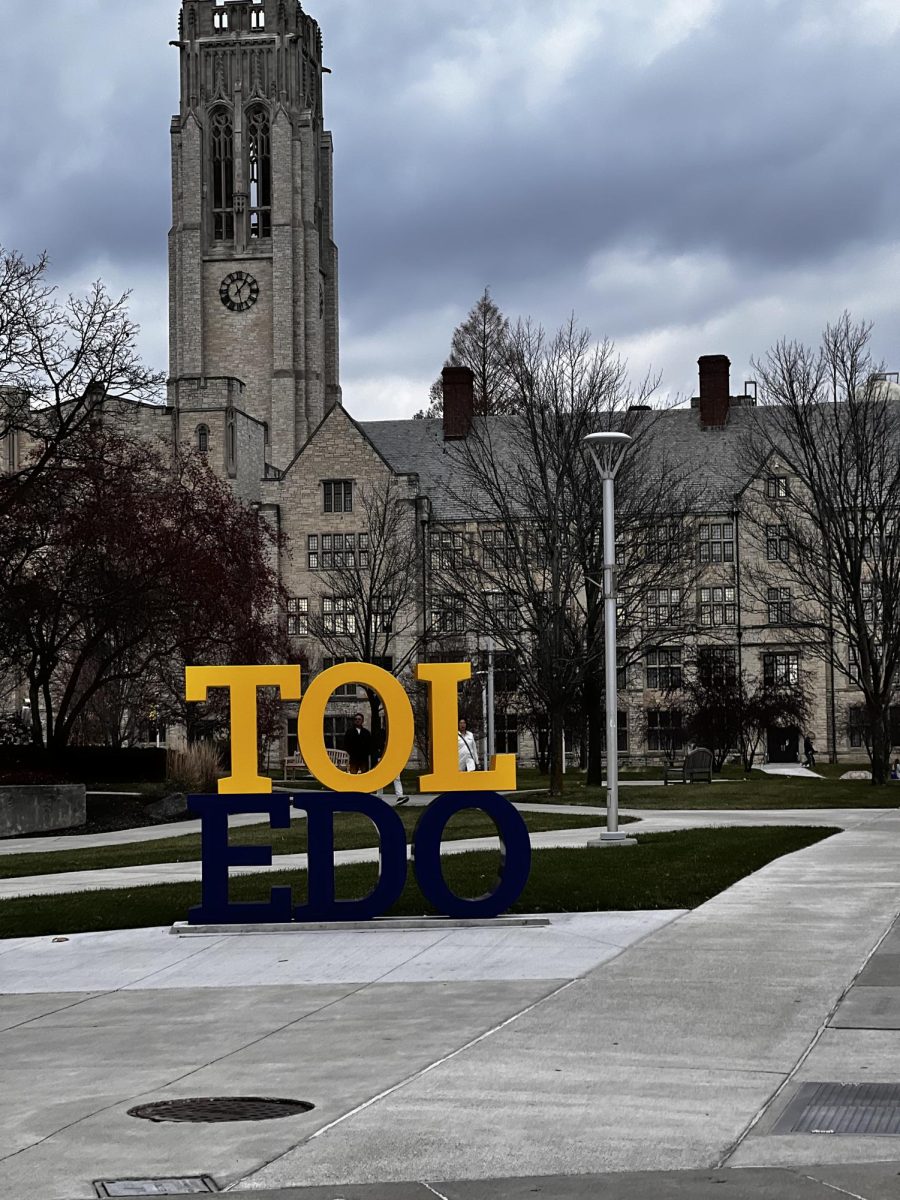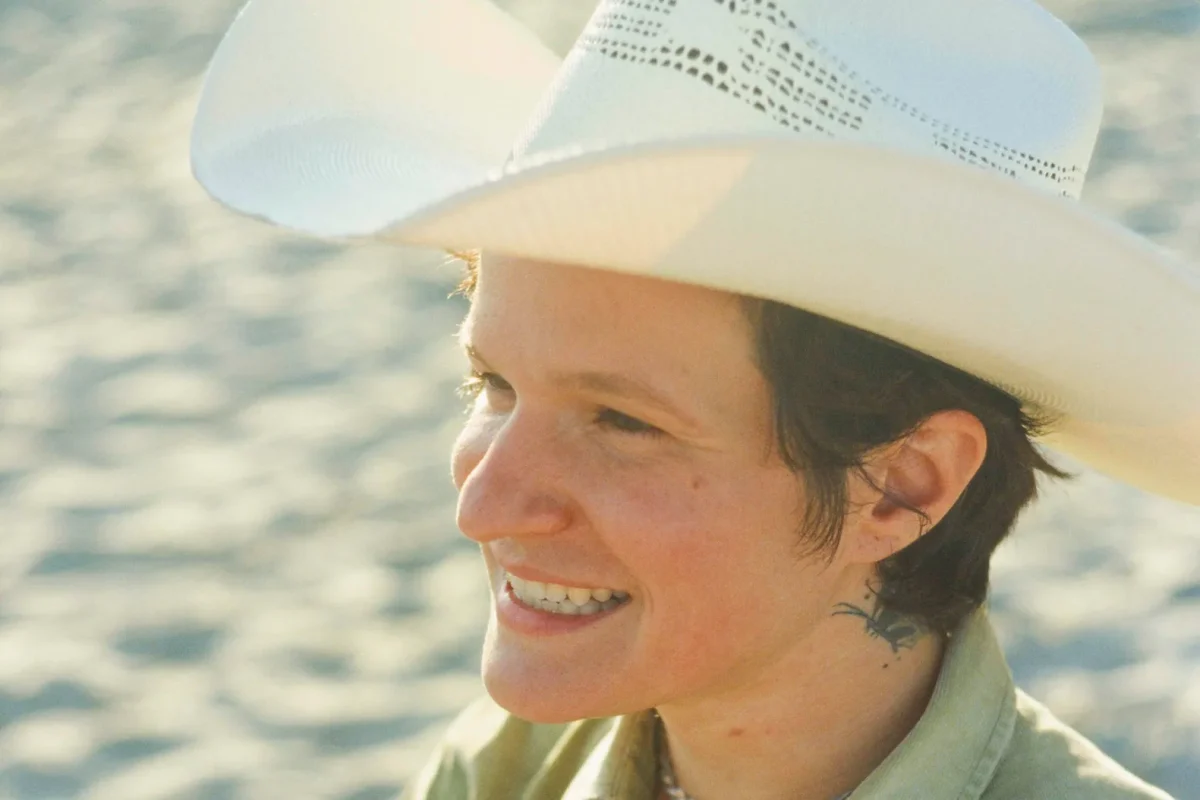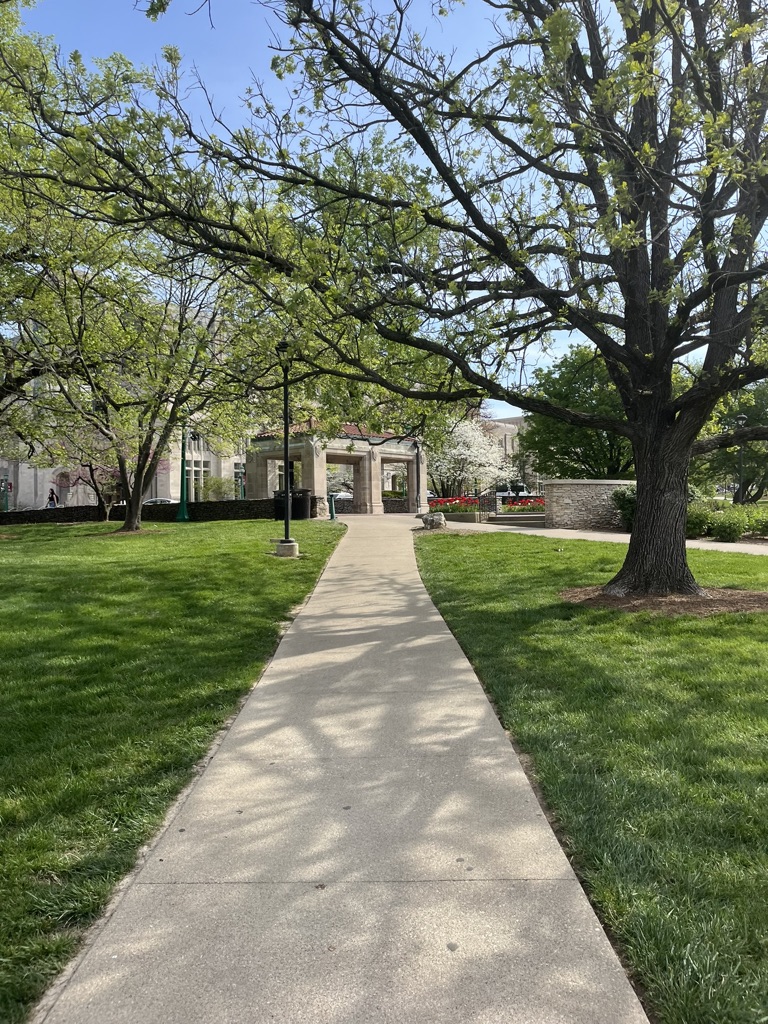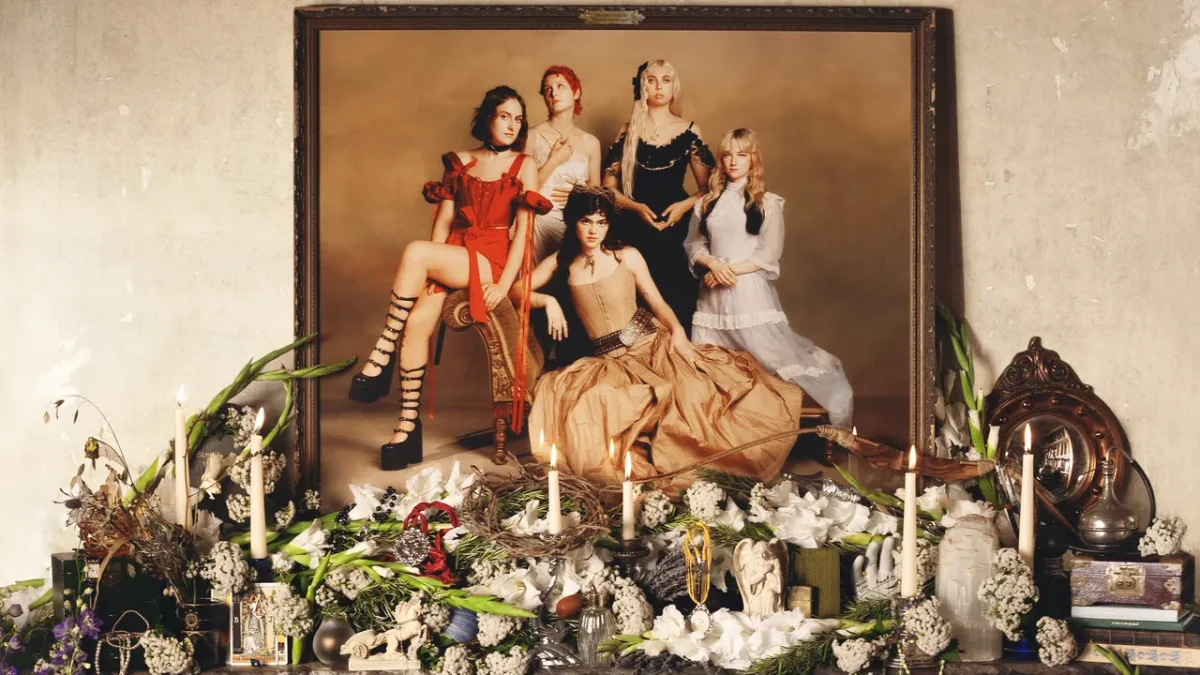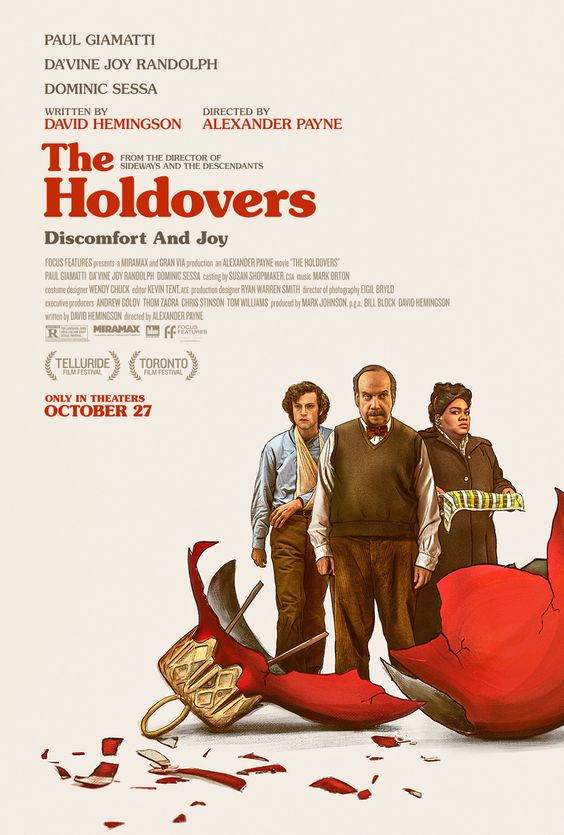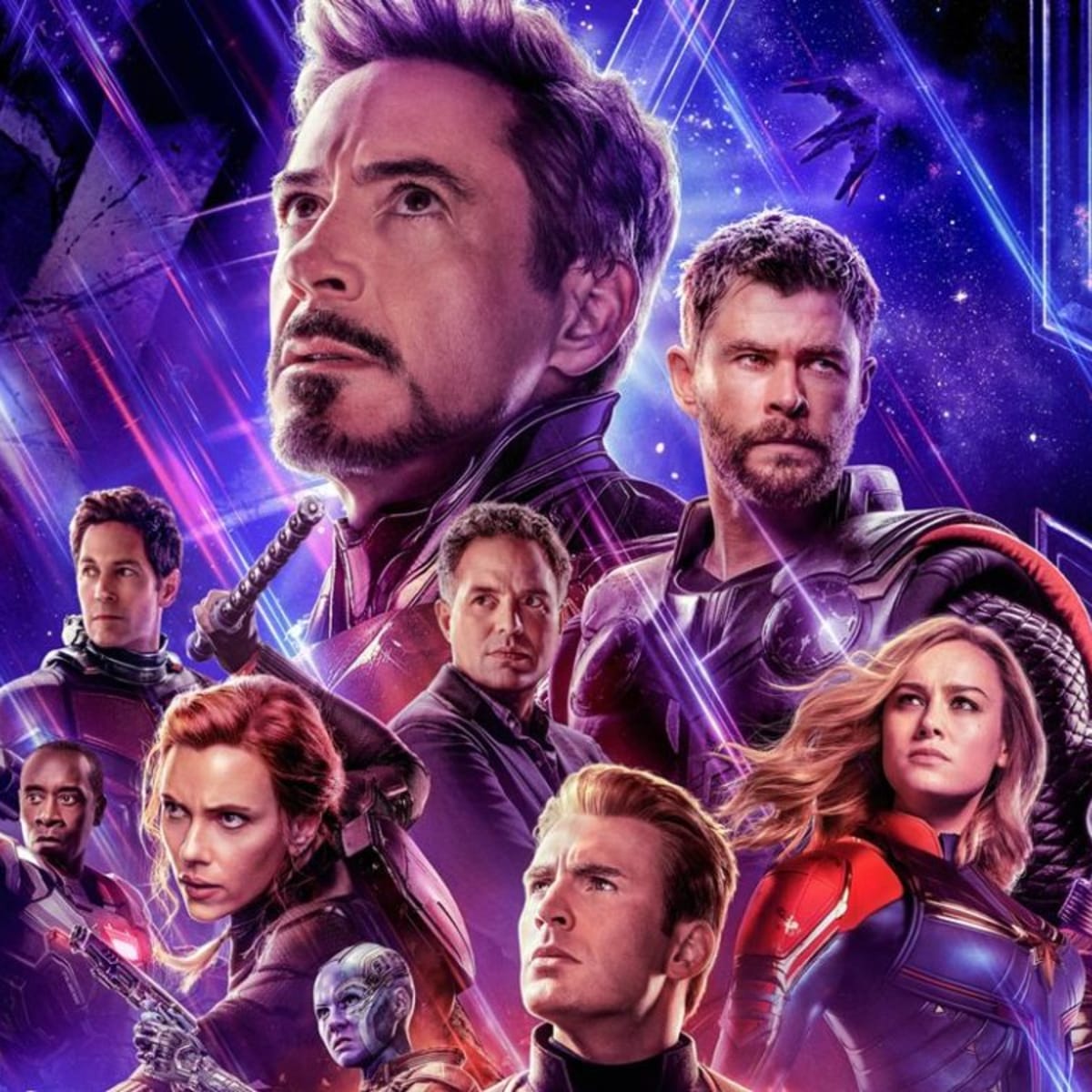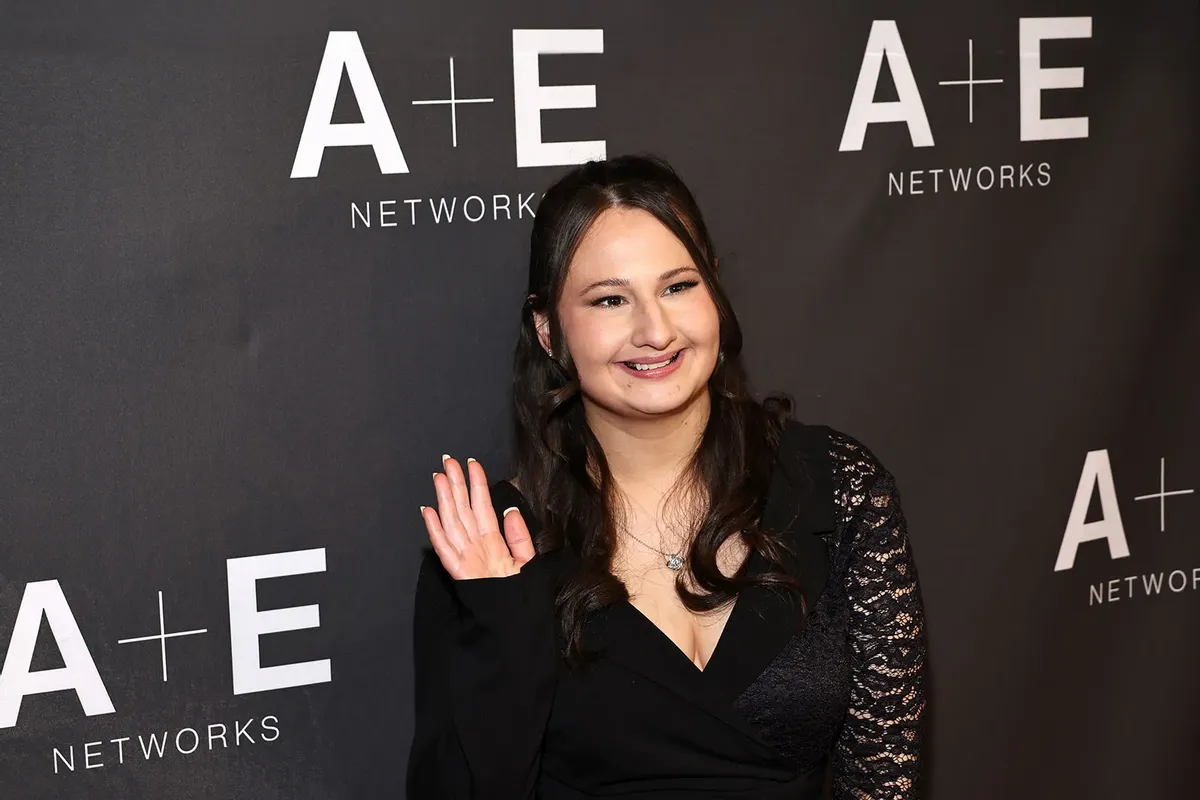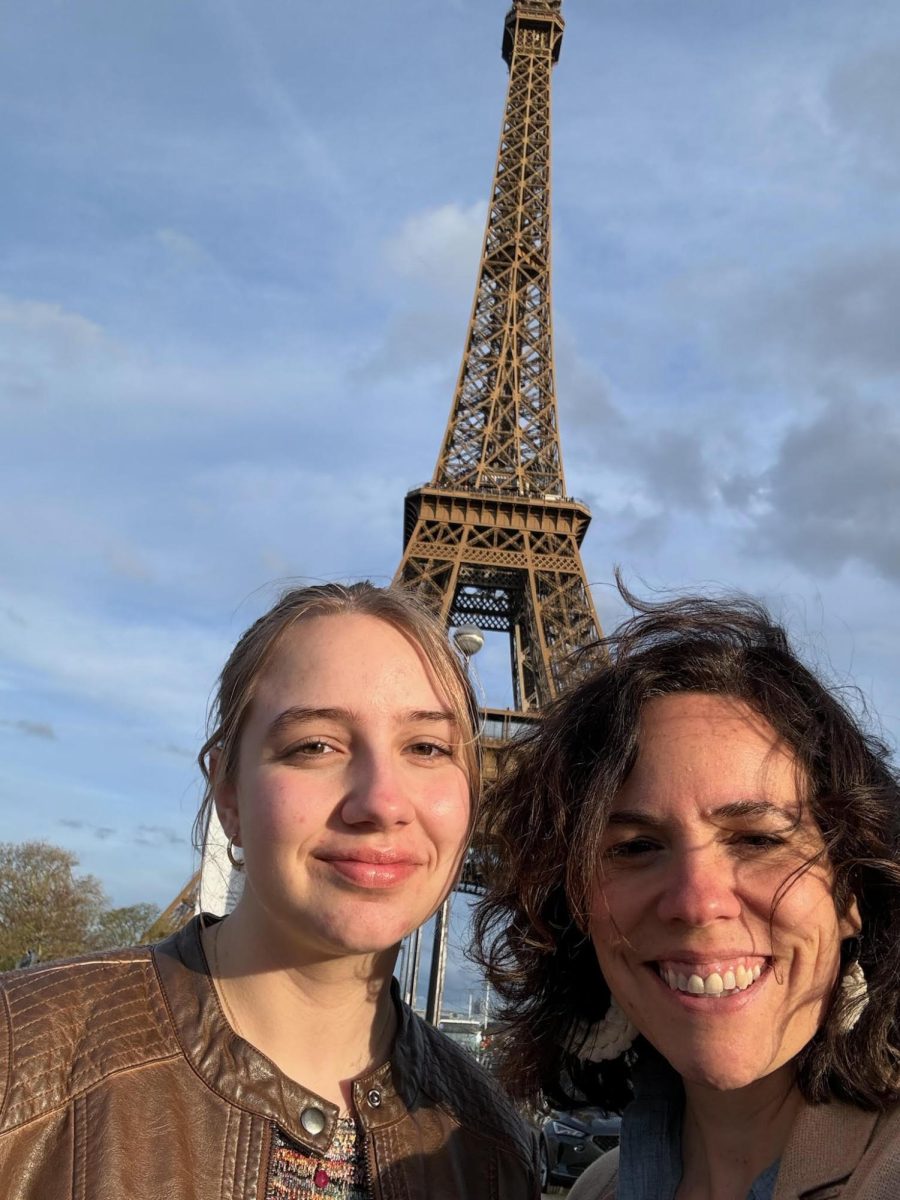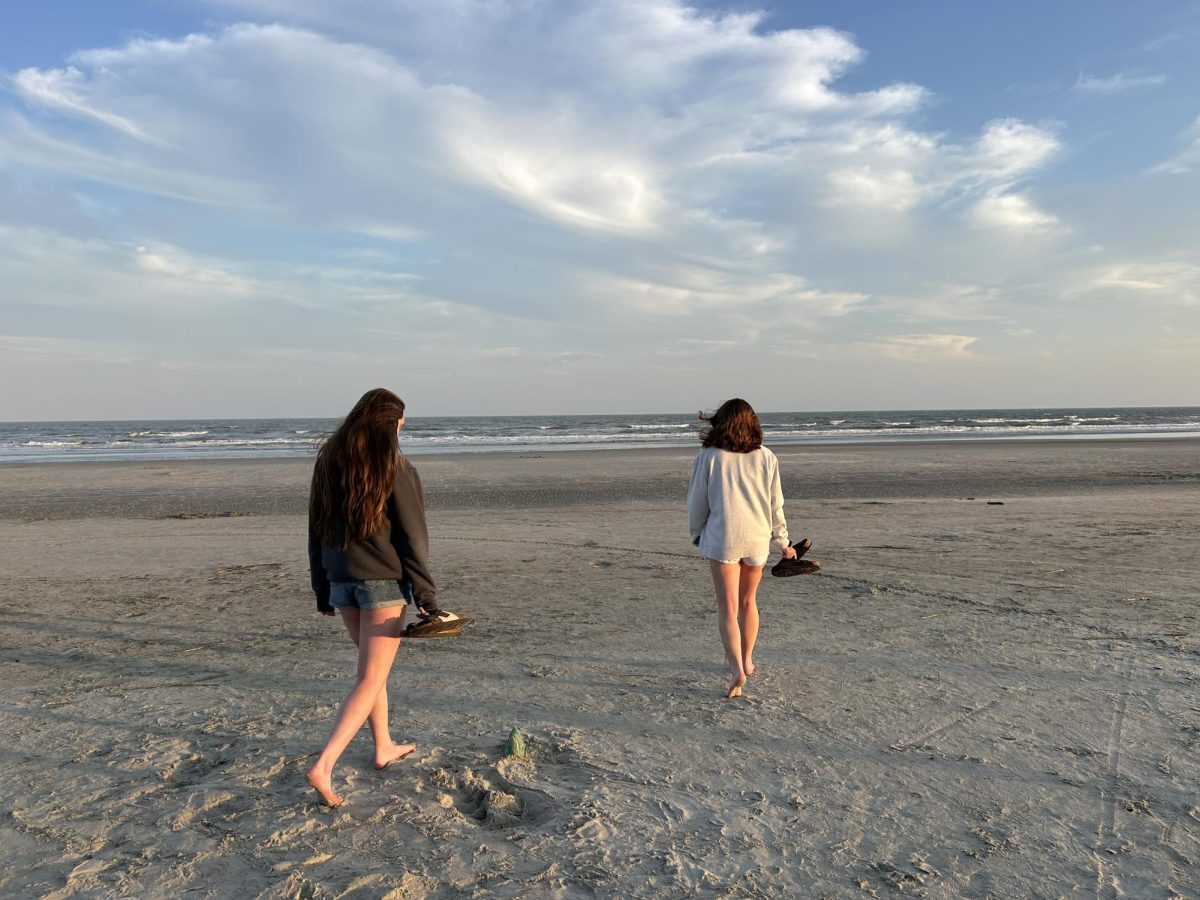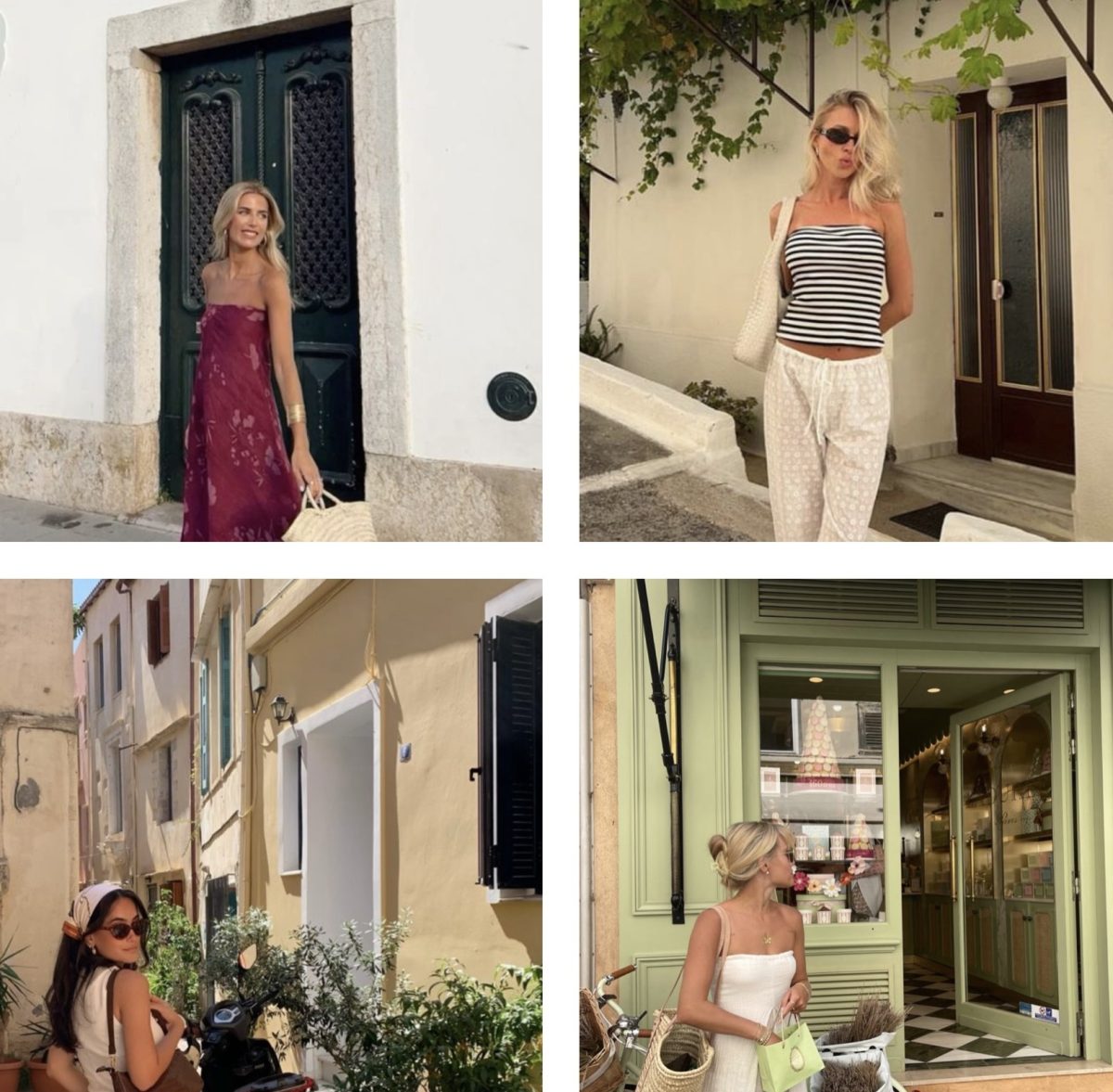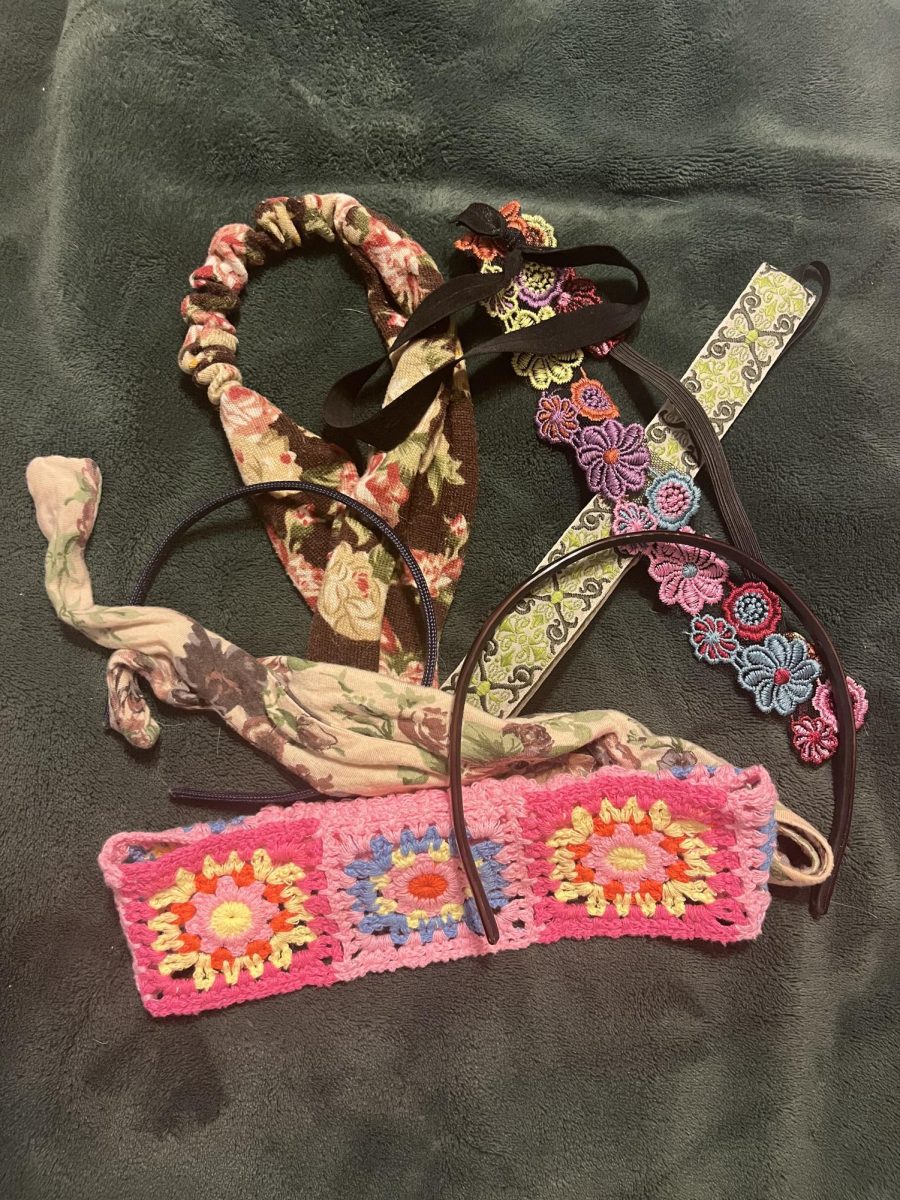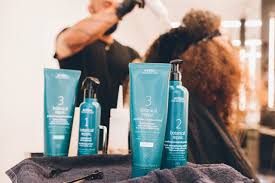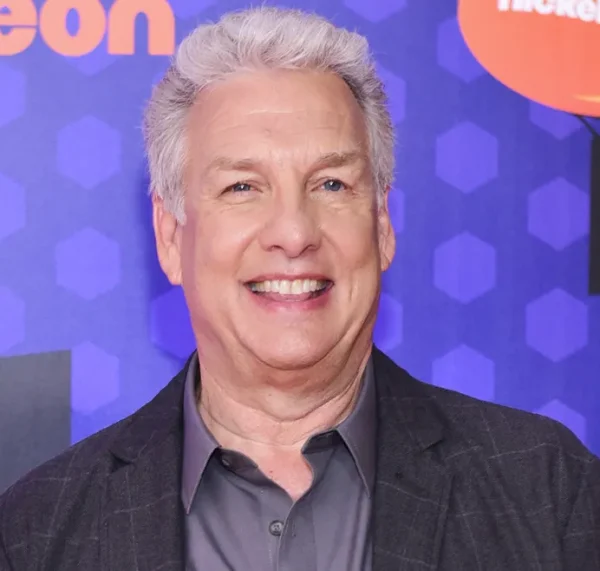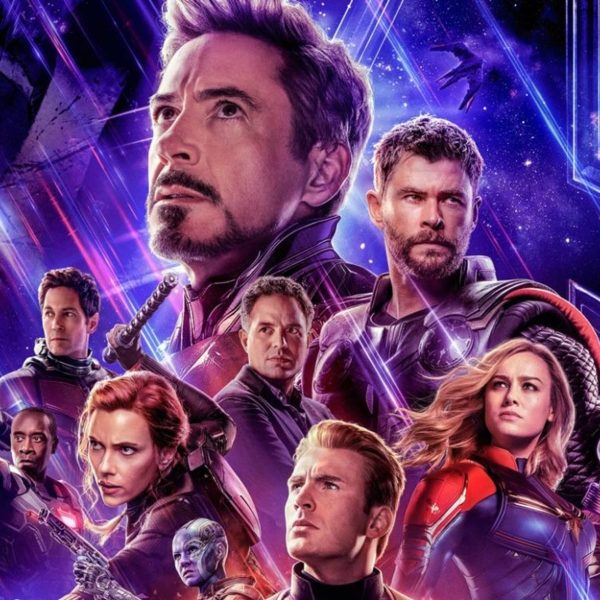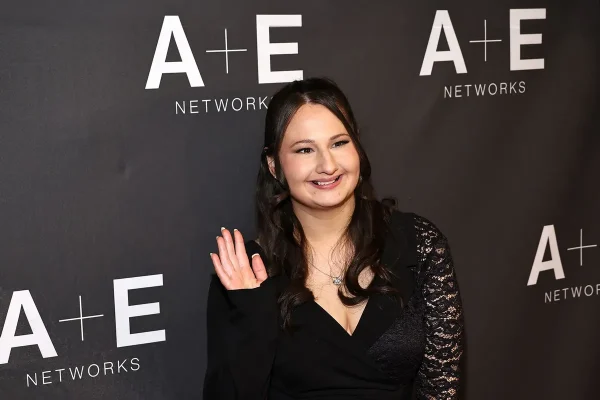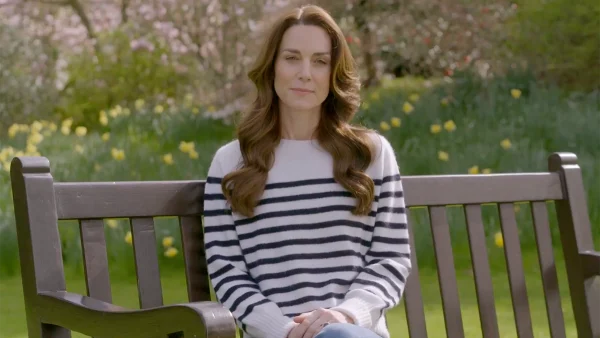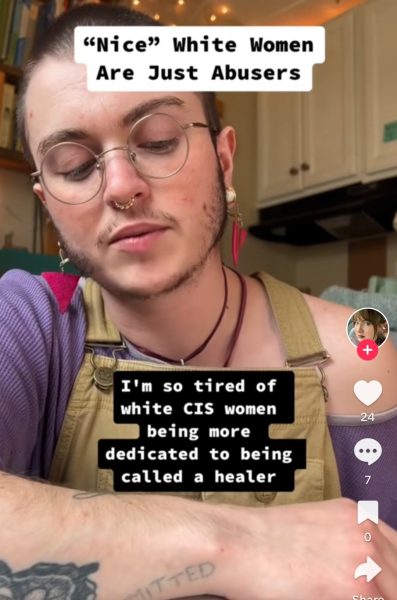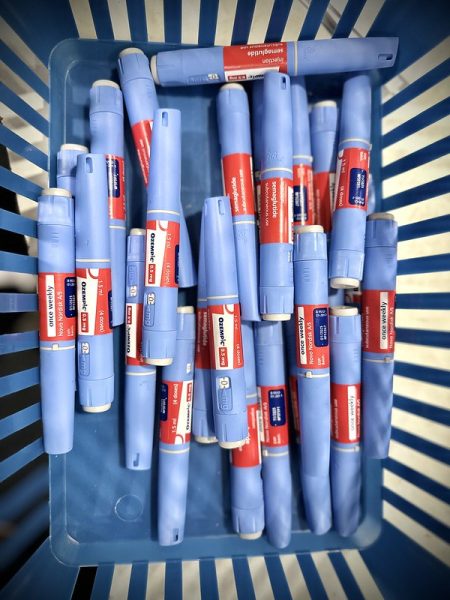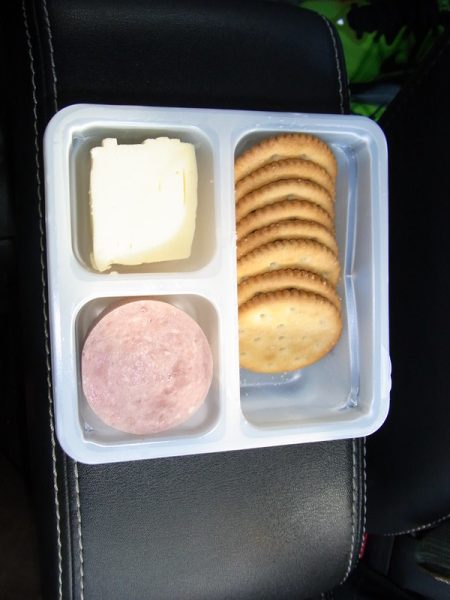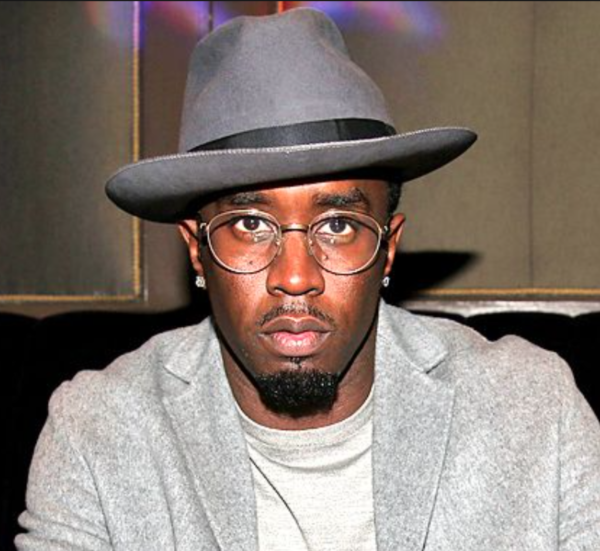Body image is tied to representation

Rectangle. Triangle. Apple. Round. Hourglass.
Geometric shapes became a tormenting piece of my vocabulary at the ripe, aching age of ten years old.
Ten.
At ten years old, I had relegated my body into a shape. At ten years old, I was learning to divide fractions. At ten years old, I was a kid. I still am a kid.
Menacing mirrors transformed into a reflective evil; they spilled my secrets, excruciatingly pointing out all my faults like they were oblivious to the effects. All I could see—all I was—was an unnatural, mendacious shape.
Unobtainable images, agitating advertisements, and realities far from realistic fueled the fire that was brewing within my impressionable mind. The world around me, oblivious to the effects it was inducing, turned on this twisted, tilted axis, taunting me as I crumbled.
I began to believe that I had to fit into the shape advertised around me. Posters at the mall sold me the idea that beaming bronze skin, luminous polar white teeth, and the ideal body would grant me happiness—it’s the key to life, right?
At ten years old, too young, I had bought into that key, investing every waking hour thinking of it. Selling my dream, the one I carefully coveted for years on end, stores like Victoria’s Secret reinforced the battle in my mind.
Pursuing that dream, I found myself in a Victoria’s Secret store at that age and as flat as a piece of cardboard. Bras to me—up until that fateful mall trip—had been thin pieces of fabric worn at gymnastics or dance, not pads of blooming lace with disapproving, painful wires carving fossilized lines into my ribs.
Unknowingly, I fell into the patterns of people digging through the store, mimicking the older ones around me. Age factors into the equation of wisdom, right?
Scanning the walls as I playfully perused the store, I could not spot the people I had arrived with; instead, I saw the key—the dream—I was chasing, and I followed the posters which they originated from, investigating further.
A gargantuan image of a scantily-clad woman flooded my vision. She was unnaturally skinny yet emanating exemplary, unachievable beauty. Curiosity grasped my mind, digging its nails into my brain as it ferociously fused dozens of questions into my impressionable mind.
Aerie is teaching women young and old that self-love is key, not yearning for an hourglass body.
Would I look like that?
Years passed, and provocative posters proclaiming that this hourglass body, the one I had never and will never have, was the standard for me to qualify as beautiful populated the media. With no escape, these advertisements aired on TV, decorated newspapers, and engulfed social media.
They advertised the ideal, the unobtainable, the lusted for, and I bought into it; however, no longer can companies sell quixotic expectations— nonviable bodies. Victoria’s Secret cannot survive on appealing to photoshopped, airbrushed bodies.
For the first time since its opening, Victoria’s Secret has begun to lose money, starting in 2017. Competition has appeared, forcing the store to reevaluate its values.
Brands like Aerie, the polar opposite of Victoria’s Secret simply based on values, have begun to challenge consumers. Changing the game, Aerie sent shock waves when they hit the markets in 2014 with the Aerie Real concept— something that should have been the standard from the start.
This campaign appeared radical in stark contrast against Victoria’s Secret.
Aerie Real preached body acceptance, no retouching, and inclusion for all. Models were pictured genuinely laughing as they displayed bathing suits, underwear, and clothes, radiating golden joy while displaying their real bodies, including insecurities.
Going against the grain, Aerie’s business model could have flopped given the early and prolonged success of Victoria’s Secret; yet, in 2018, the store had record high sales for the first quarter, now aiming to become a $1 billion business according to Business Insider.
Currently, on their site, models with Down Syndrome, physical disabilities, all sizes, and all races are displayed loving their bodies— a message that should be commonplace in the world.
Aerie is teaching women young and old that self-love is key, not yearning for an hourglass body.
While stores like Victoria’s Secret are refusing to change, still promoting their problematic photoshopping and unfeasible body standards, consumers have proven that representation matters. All body types should be accepted in advertising, especially when the target audience is women; according to CBS, 97% of women have negative thoughts about their body every day.
Every day, 97% of women wake up and point out a flaw in themselves simply because they don’t fit into the mold painstakingly created by poisonous companies like Victoria’s Secret. An ideal has been crafted, and it’s one that we as a society must obliterate before even more fall under its toxic idealism.
Youthful minds are impressionable, and the rise of acceptance from business titans like Aerie are teaching them that they are perfect no matter the circumstances. They do not need to be a shape unrepresentative of their own body.
And at ten years old, I would have appreciated that message.

Lynlee is a senior and is starting her final year in the midst of all this COVID-19 chaos, which is fitting for her strange luck. Room 139—home to The...










